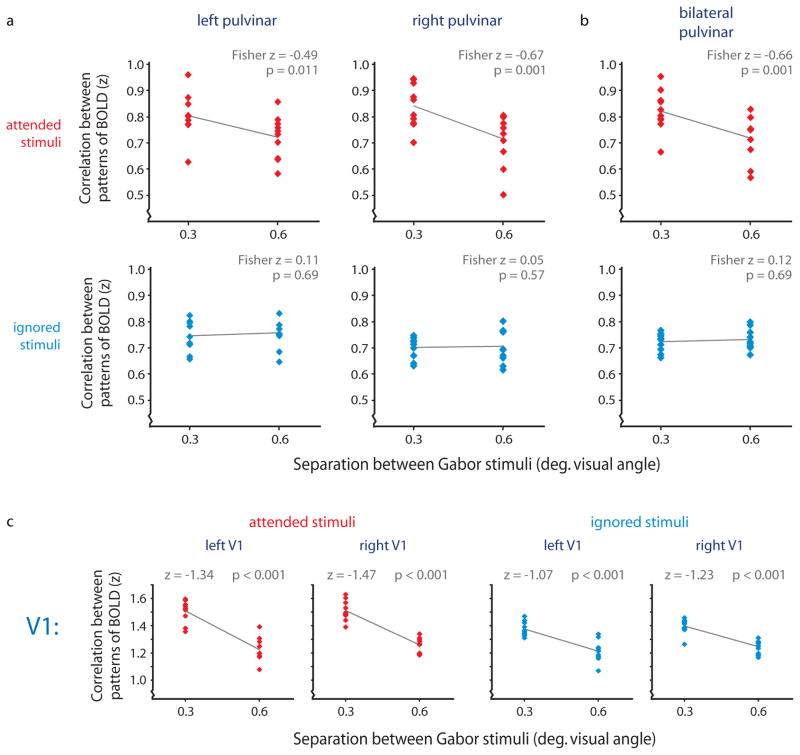Figure 5. Attention gates spatial encoding in the pulvinar.
a) Correlation-based analysis for left and right pulvinar, using the BOLD maps for the attended positions (red data) and the ignored positions (blue data). Each subject contributes four points to each plot – two independently computed correlations at each separation. Because multiple points were plotted for each subject, we fit the data with a regression model that included a random effect of subject22. Correlations are presented as Fisher z scores for the sake of linear comparison. In both hemispheres, there was significant discrimination of the attended positions (Fisher z = −0.49, p = 0.011 in left pulvinar; z = −0.67, p = 0.001 in right pulvinar; n = 20 for each test; nonparametric bootstrap test), but no discrimination of the ignored positions (z = 0.11, p = 0.69 in left pulvinar; z = 0.05, p = 0.57 in right pulvinar; n = 20 for each test; nonparametric bootstrap test). b) Position discrimination analyzed in bilateral pulvinar ROIs. Discrimination of attended positions was significantly better than discrimination of ignored positions (p = 0.01; n = 20 points in each plot; bootstrap test for a difference in model fits between attended and ignored). c) In primary visual cortex (V1), there was significant discrimination of both the attended and ignored stimulus positions, consistent with previous results20. Attentional modulation of position discrimination (zattended minus zignored) was significantly greater in the pulvinar than in V1 (p = 0.04; n = 20 points in each plot; bootstrap test for a greater attended-ignored difference in the pulvinar vs. V1).

